Software testing, an essential part of software development, ensures quality and functionality. The dynamic evolution of software testing arises from changing customer needs, market expectations, and technology trends. To tackle current and future challenges and opportunities, testers must smartly stay updated on software trends.
In this article, we will explore 15 software testing trends that will shape the software testing landscape in 2024. Additionally, actively following trends enhances testers’ skills, knowledge, and performance, delivering high-quality user-focused software.
Here Are The 15 New Software Testing Trends In 2024
1. Shift-Left Testing
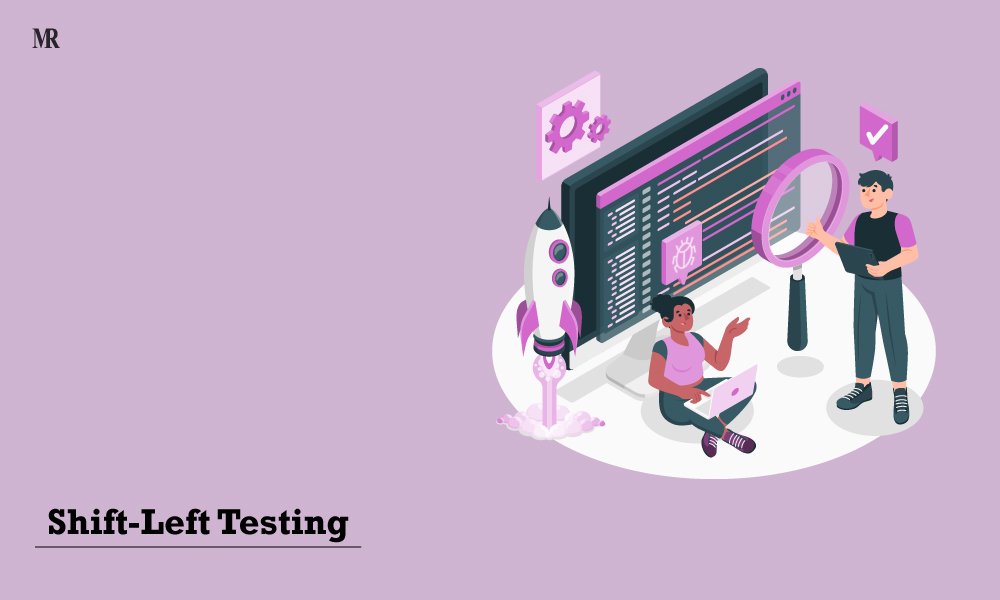
Shift-left testing is one of the software testing trends that involves testing software early and often in the development process. Here are some reasons why shift-left testing will be a software trend in 2024:
Faster time-to-market: Shift-left testing reduces the time spent on debugging and rework, and enables software teams to deliver software faster and more frequently.
Improved quality and user satisfaction: This software testing trend ensures that the software meets the user’s expectations and requirements, and prevents defects from affecting the software’s performance and functionality.
Lower costs and risks: Shift-left Testing lowers the costs and risks associated with software defects, as they are easier and cheaper to fix in the early stages of development than in the later stages or after deployment.
2. DevOps Alignment

DevOps alignment unites teams for the efficient, fast delivery of high-quality software, a testing trend. Here are some reasons why DevOps alignment will be a software trend in 2024:
Improved test automation: As organizations mature their DevOps practices, they also invest more in test automation tools and frameworks. This enables them to perform faster and more reliable testing across the software development life cycle.
Enhanced collaboration and communication: DevOps alignment fosters a culture of collaboration and communication across teams. This helps them to share feedback, resolve issues, and deliver value to the customers more effectively.
Increased use of microservices and containers: This software trend often leverages microservices and containers to create modular and scalable software architectures. This provides consistency across different environments and facilitates faster deployment and testing.
3. Test Data Management
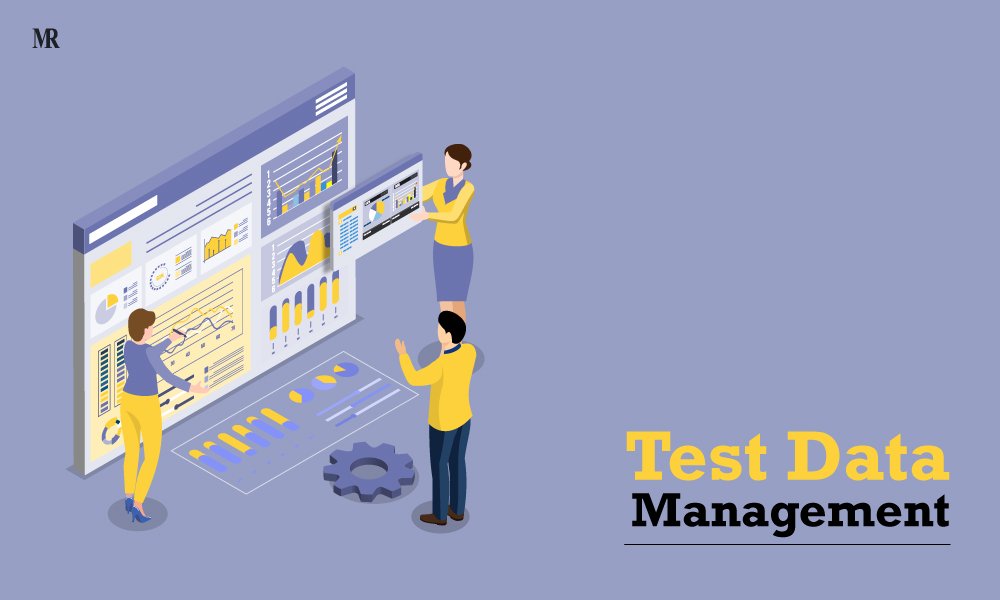
Test Data Management (TDM) involves creating, managing, and using high-quality test data for software testing. Here are some reasons why TDM will be a software trend in 2024:
Legacy application modernization: TDM helps to migrate data from legacy systems to the cloud and to support various data types and platforms.
Data complexity: This software trend helps to understand and structure the data and ensure its accuracy and consistency.
Shift-left testing: TDM helps to perform testing earlier and faster in the software development life cycle and to reduce testing bottlenecks.
Self-service provisioning: This software trend also helps to provide test data on demand and to enable testers to access and modify the data as needed.
Data masking: TDM helps to protect sensitive data from unauthorized access and to comply with data privacy regulations.
Synthetic data generation: This software testing helps to create realistic and diverse test data and overcome the limitations of real data.
CI/CD integration: TDM helps to automate the test data delivery and to support continuous integration and continuous delivery of software.
4. Test Automation
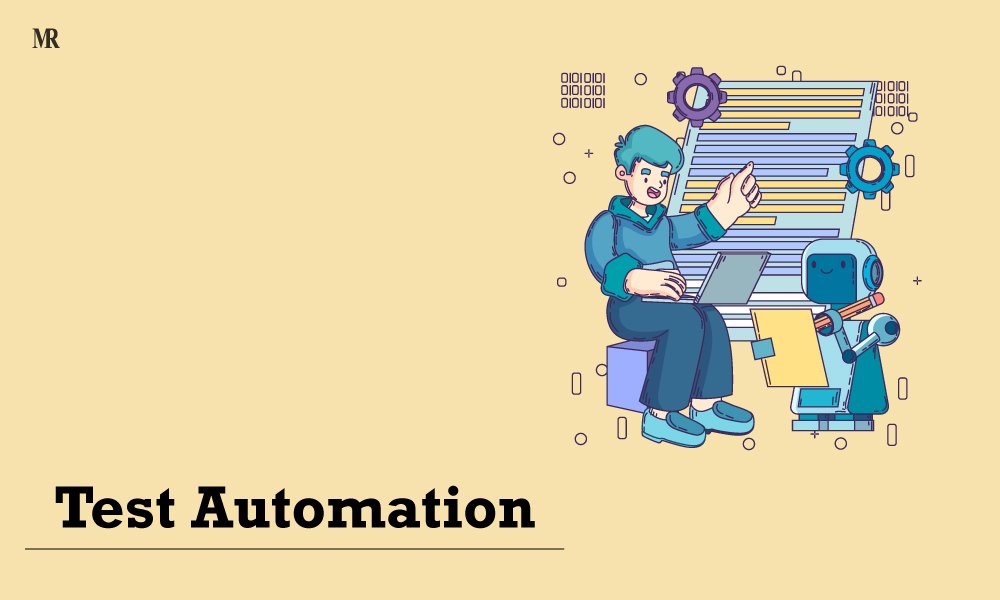
Test automation involves using software tools and frameworks to automatically execute tests without human intervention. Here are some reasons as to why it will be one of the popular software testing trends:
Higher efficiency and quality: Test automation aims to improve the speed, accuracy, and coverage of software testing. It helps to detect and fix bugs faster, reduce manual errors, and ensure consistent results.
Faster delivery and feedback: This software trend supports agile and DevOps methodologies, which require frequent and continuous testing and delivery of software. It helps to shorten the feedback loop and deliver software faster and more frequently.
Lower costs and resources: Test automation reduces the costs and resources associated with software testing. Automating repetitive and tedious tasks and running tests 24/7 without human intervention helps save time, money, and effort.
5. Scriptless Test Automation

Testers can create and execute automated tests without writing any code with scriptless test automation, a software testing trend. It will improve the productivity and performance of software teams, enabling them to test more efficiently and effectively. Here are some reasons why it will be a software trend in 2024:
Reduced Time: Using tools to record actions, Scriptless Test Automation eases testing, generating test cases automatically for speed. This reduces the time and effort required to create and maintain test scripts.
Wider testing coverage: This software trend enables testers to test various features, platforms, and scenarios with ease. This increases the testing coverage and ensures the quality and functionality of the software.
Better collaboration and communication: Scriptless Test Automation fosters a collaborative and communicative environment among testers, developers, and stakeholders. This helps them to share feedback, resolve issues, and deliver value to the customers more effectively.
6. AI-Based Testing
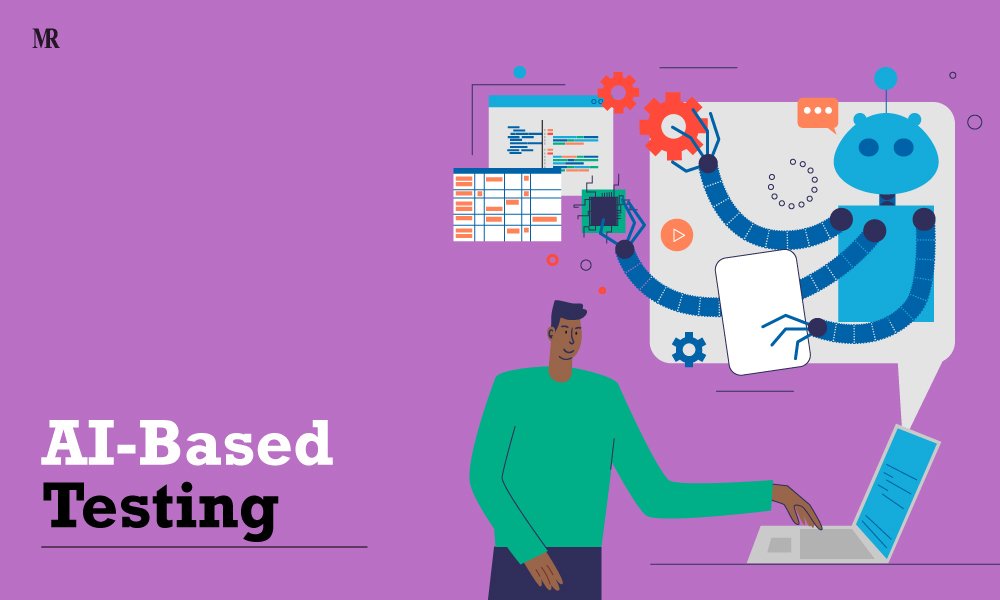
Artificial intelligence and machine learning automate and enhance the testing process in AI-based testing, a software testing trend. Here are some reasons why AI-based testing will be a software trend in 2024:
Smarter and faster testing: AI-based testing can analyze large amounts of data, learn from past testing experiences, and adapt test cases to changing software architectures. This makes the testing process more efficient and effective.
Higher test coverage and accuracy: This software trend can identify complex scenarios and edge cases and generate test cases that comprehensively validate the software under test. This increases the test coverage and accuracy and reduces the likelihood of defects.
Better collaboration and communication: AI-based testing can extract insights from test plans and logs and communicate with team members and stakeholders using natural language processing. This enhances collaboration and communication among the testing team and delivers value to the customers more effectively.
7. Robotic Process Automation

Robotic process automation (RPA) is the use of software bots to automate repetitive and rule-based tasks. It is included as one of the software testing trends in 2024 for the following reasons:
Increased efficiency and accuracy: RPA can perform testing tasks faster and more accurately than humans, reducing errors and costs. RPA can also handle complex scenarios and data sets that are difficult for manual testers.
Enhanced collaboration and integration: This software trend can work seamlessly with other tools and platforms, such as AI, machine learning, cloud, and mobile. RPA can also collaborate with human testers, providing feedback and support.
Adaptability and scalability: RPA can adapt to changing requirements and processes, as well as scale up or down according to testing needs. RPA can also cope with the increasing demand for testing in agile and DevOps environments.
8. Combined Automation & Manual Testing
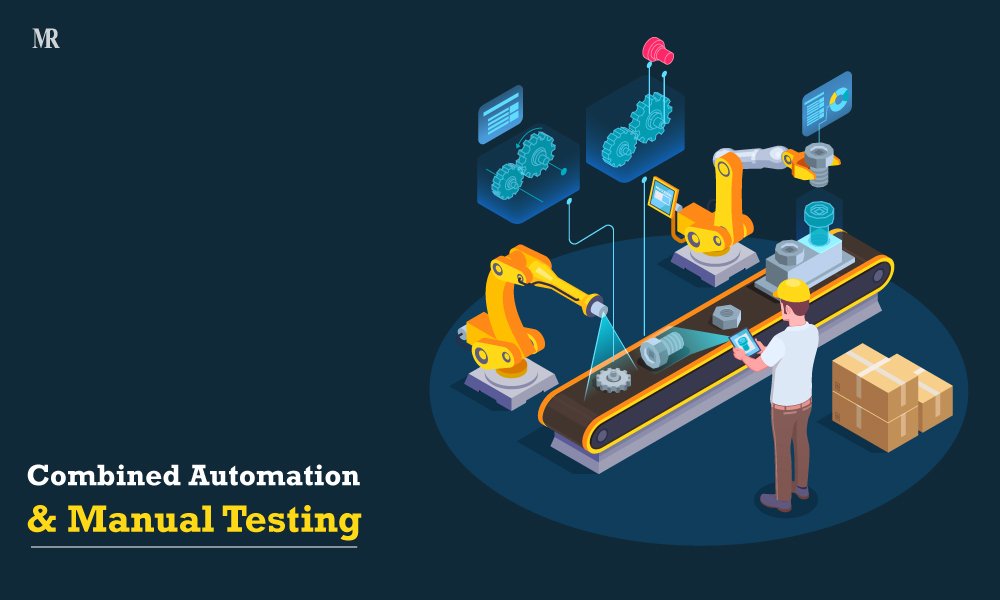
Combining automation and manual testing balances the benefits of both testing methods. Here are some reasons why combined automation and manual testing will be a software trend in 2024:
Higher efficiency and quality: Combined automation and manual Testing leverages automation for repetitive and tedious tasks and manual testing for complex and creative tasks. This improves the efficiency and quality of the testing process.
Faster delivery and feedback: This software trend also supports agile and DevOps methodologies, which require frequent and continuous testing and delivery of software. This shortens the feedback loop and delivers software faster and more frequently.
Better collaboration and communication: Combined automation and manual Testing fosters a culture of collaboration and communication between the automation and manual testers. This helps them to share feedback, resolve issues, and deliver value to the customers more effectively.
9. Application Programming Interface Testing

Software testing teams improve the quality and efficiency of testing by conducting Application Programming Interface (API) testing. It evaluates the functionality, performance, security, and reliability of APIs, enabling software communication. Here are some reasons why API testing will be a software trend in 2024:
Improves overall reliability: Firstly, application programming interface testing ensures that the APIs work as expected, and do not cause any errors or failures in the software system.
Supports agile and DevOps methodologies: This software trend enables faster and more frequent testing and delivery of software, by automating the testing process and integrating it with the development pipeline.
Enhances security and compliance: Application programming interface testing protects the software from cyberattacks and data breaches by verifying the authentication, authorization, and encryption of the APIs.
10. Big Data

Big data describes large, complex data sets challenging to process with traditional methods. Importantly, big data is one of the software testing trends in 2024 because of the following reasons:
Increased demand and challenges: Big data applications are becoming more popular and essential in various domains, such as healthcare, e-commerce, banking, and social media. These applications require high-quality testing to ensure their functionality, performance, reliability, and security. Testing big data applications poses challenges: expensive infrastructure, huge data volume, variety, velocity, and complex processing.
Improved solutions and tools: To overcome the challenges of testing big data applications, software testers need to adopt new solutions and tools that can handle big data efficiently and effectively. Some of these solutions and tools include cloud computing, distributed computing, parallel processing, data mining, machine learning, and artificial intelligence. These solutions and tools can help testers automate, optimize, and enhance the testing process of big data applications.
Increased value and ROI: Testing big data applications yields valuable ROI for testers and stakeholders, ensuring data accuracy and quality. This leads to improved decision-making and business outcomes. Additionally, testing can reduce the risks and costs of errors, failures, and breaches, potentially damaging the application’s reputation and revenue.
11. QAOps
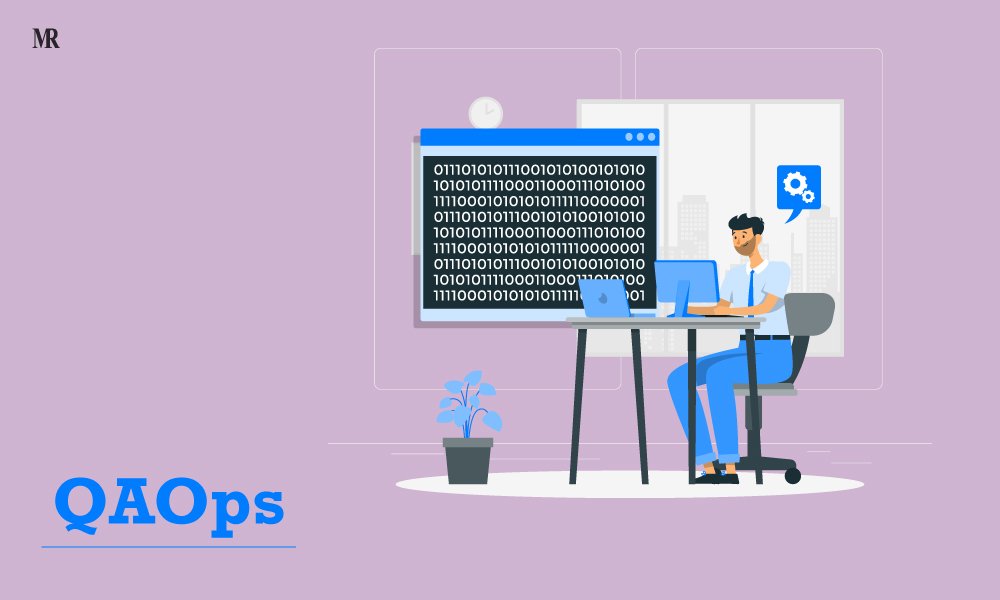
QAOps is a software testing trend that integrates quality assurance (QA) into the DevOps pipeline. It aims to ensure continuous testing and feedback throughout the software development lifecycle. Here are some reasons why QAOps will be a software trend in 2024:
Higher software quality: QAOps enables software teams to detect and fix defects early before they affect end users. It helps to deliver software that meets the quality standards and expectations of the customers.
Faster software delivery: This software trend supports agile and DevOps methodologies, which require frequent and continuous testing and delivery of software. It helps to shorten the feedback loop and deliver software faster and more frequently.
Better collaboration and communication: QAOps fosters a culture of collaboration and communication between the development and QA teams. It helps them to share feedback, resolve issues, and deliver value to the customers more effectively.
12. Selenium 4

Selenium4 is a software testing trend that offers new and improved features for web automation testing. It enables testers to leverage the latest technologies enhancing web automation testing efficiency and effectiveness. Here are some reasons why Selenium4 will be a software trend in 2024:
W3C compliance: Selenium4 is fully compliant with the W3C (World Wide Web Consortium) standard. This ensures compatibility and interoperability across different browsers and drivers.
Enhanced Selenium Grid: This software trend has a redesigned Selenium Grid that supports various modes of deployment and configuration. It also provides better security and scalability for distributed testing.
New APIs and capabilities: Selenium4 introduces new APIs and capabilities for Firefox and Chromium-based browsers. These include handling authentication, intercepting network requests, waiting for DOM changes, and accessing Javascript errors.
Improved Selenium IDE: This software trend has an advanced Selenium IDE that supports cross-browser testing, parallel execution, code export, and a command-line interface. It also has a new plugin system that allows extending its functionality.
13. Infrastructure as Code (IaC)

Infrastructure as Code (IaC) is a software testing trend that automates the provisioning, configuration, and management of infrastructure using code. Here are some reasons why IaC will be one of the 15 most followed software trends in 2024:
Rise of cloud and hybrid platforms: IaC enables software teams to deploy and test their applications on various cloud and hybrid platforms, ensuring consistent and scalable infrastructure deployment.
Integration with DevOps and CI/CD: This software trend supports DevOps and CI/CD methodologies, which require frequent and continuous testing and delivery of software. It helps to streamline the testing process and deliver software faster and more efficiently.
Improved security and compliance: IaC helps to protect sensitive data and comply with data privacy regulations by using code to define and enforce infrastructure policies. It also helps to detect and fix infrastructure issues and vulnerabilities before they affect the software quality.
14. Mobile App Testing Automation

Software tools and frameworks automatically execute tests on mobile devices in Mobile App Testing Automation. Here are some reasons why Mobile app testing automation will be a software trend in 2024:
Higher demand and complexity: Mobile app testing automation helps to meet the increasing demand and complexity of mobile apps, which require testing on various devices, platforms, and scenarios.
Faster delivery and feedback: This software trend supports agile and DevOps methodologies, which require frequent and continuous testing and delivery of mobile apps. It helps to shorten the feedback loop and deliver mobile apps faster and more frequently.
Improved quality and user experience: Mobile app testing automation ensures the quality and user experience of mobile apps, by detecting and fixing bugs, performance issues, and security vulnerabilities. It helps to deliver mobile apps that meet the expectations and requirements of end users.
15. Cyber Security and Risk Compliance

The software testing trend emphasizes safeguarding software from cyberattacks and ensuring compliance with data privacy regulations. Here are some reasons why cyber security and risk compliance will be a software trend in 2024:
Increased cyber threats: Cyberattacks have become more frequent and sophisticated, targeting various software systems and applications. Software testing must ensure the security and resilience of software against these threats.
Stricter data privacy laws: Data privacy laws have become more stringent and complex, requiring software to comply with various regional and global regulations. Software testing must ensure the privacy and protection of data collected and processed by software.
Greater customer awareness: Customers have become more aware and concerned about the security and privacy of their data and software. Software testing must ensure the trust and satisfaction of customers by delivering secure and compliant software.
Conclusion
In conclusion, these are the 15 software testing trends that will dominate the software testing domain in 2024. These trends will help software testers cope with the evolving challenges and opportunities in the software industry. By following these trends, software testers can deliver faster, better, and more secure results. To Implement these trends software testers must take these necessary steps:
- To implement these software trends, start by integrating automated testing tools.
- Additionally, prioritize continuous learning to stay updated. Explore collaboration opportunities with cross-functional teams. Embrace agile methodologies for faster adaptation.
- Leverage AI-driven testing solutions for efficiency. Incorporate security testing into your workflow. Regularly assess and refine your testing strategies.
- Foster a culture of innovation within your team. Stay vigilant for emerging trends and technologies. Implement a robust feedback loop for improvement.
- Stay proactive in addressing software quality issues. Foster open communication channels within your team.
- Encourage experimentation with new testing approaches.
- Emphasize the importance of user-centric testing methodologies. Continuously evaluate and optimize your testing processes.
Also Read ,












